The Potential Danger of Acrylamide
This chemical in foods has been shown to cause cancer in mice but more research is needed to determine its risk in humans. Did you know that if clients broil, fry, toast, bake, or barbecue starchy foods, such as bread and potatoes, they can increase their intake of the chemical acrylamide? The more the food browns, the more acrylamide is present.


 In general, research has suggested when people overeat, about 85% of the excess calories get stored as fat and the rest gets lost as heat. Overfed fat cells grow in size and in number and provide a storehouse of energy. Obese people commonly have enough fat stores to last a year or more; even lean athletes have enough fat stores to fuel a month or more. Fat can be advantageous during a time of severe illness or a famine.
In general, research has suggested when people overeat, about 85% of the excess calories get stored as fat and the rest gets lost as heat. Overfed fat cells grow in size and in number and provide a storehouse of energy. Obese people commonly have enough fat stores to last a year or more; even lean athletes have enough fat stores to fuel a month or more. Fat can be advantageous during a time of severe illness or a famine. Purposeful exercise: This is what you burn during your workouts. This can vary considerably from day to day.
Purposeful exercise: This is what you burn during your workouts. This can vary considerably from day to day. Here is the fate of the 1,000 excess calories the subjects ate:
Here is the fate of the 1,000 excess calories the subjects ate: Boston-area sports nutritionist Nancy Clark, MS, RD offers one-on-one consults with both casual and competitive athletes. Her private practice is in Newton, MA (617-795-1875). For information about her Sports Nutrition Guidebook (2014) and food guides for runners, cyclists and soccer players, see
Boston-area sports nutritionist Nancy Clark, MS, RD offers one-on-one consults with both casual and competitive athletes. Her private practice is in Newton, MA (617-795-1875). For information about her Sports Nutrition Guidebook (2014) and food guides for runners, cyclists and soccer players, see 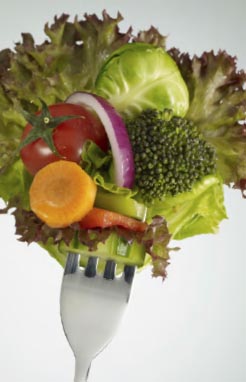

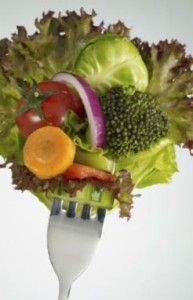 • Plan to fill your food buckets with foods in their natural state, and limit your intake of highly processed foods. Some health professionals believe additives and food coloring in processed foods can trigger hyperactivity in certain people. Plus, highly processed foods often offer less nutritional value and fewer health benefits. Shop for fresh foods along the outside aisles of the grocery store: fresh fruit, vegetables, lean meats, low fat dairy, and whole grain breads.
• Plan to fill your food buckets with foods in their natural state, and limit your intake of highly processed foods. Some health professionals believe additives and food coloring in processed foods can trigger hyperactivity in certain people. Plus, highly processed foods often offer less nutritional value and fewer health benefits. Shop for fresh foods along the outside aisles of the grocery store: fresh fruit, vegetables, lean meats, low fat dairy, and whole grain breads.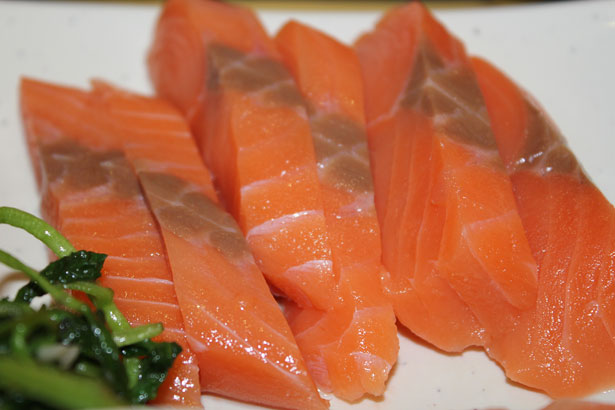
 y need to buy these products to support your athletic performance. The question arises: Are there really special nutrients or components of food that can help athletes to go faster, higher or stronger? If so, can they be consumed in the form of whole foods or do we actually need special commercial supplements?
y need to buy these products to support your athletic performance. The question arises: Are there really special nutrients or components of food that can help athletes to go faster, higher or stronger? If so, can they be consumed in the form of whole foods or do we actually need special commercial supplements?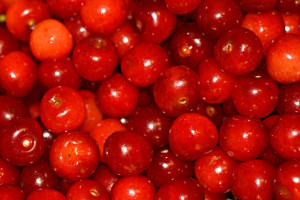 Do tart (Montmorency) cherries offer any benefits to sports performance? If so, what’s the best way to consume them?
Do tart (Montmorency) cherries offer any benefits to sports performance? If so, what’s the best way to consume them?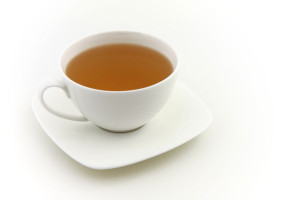 Green tea reportedly enhances fat oxidation and helps with weight loss, particularly when combined with caffeine. But the amount of additional fat burned is minimal, and the 10 to 12 cups of green tea needed to create any effect is a bit overwhelming. (Hence, most studies use a green tea extract.) Because green tea has not been studied in lean athletes, we can only guess that it is unlikely to offer a significant improvement in body composition.
Green tea reportedly enhances fat oxidation and helps with weight loss, particularly when combined with caffeine. But the amount of additional fat burned is minimal, and the 10 to 12 cups of green tea needed to create any effect is a bit overwhelming. (Hence, most studies use a green tea extract.) Because green tea has not been studied in lean athletes, we can only guess that it is unlikely to offer a significant improvement in body composition.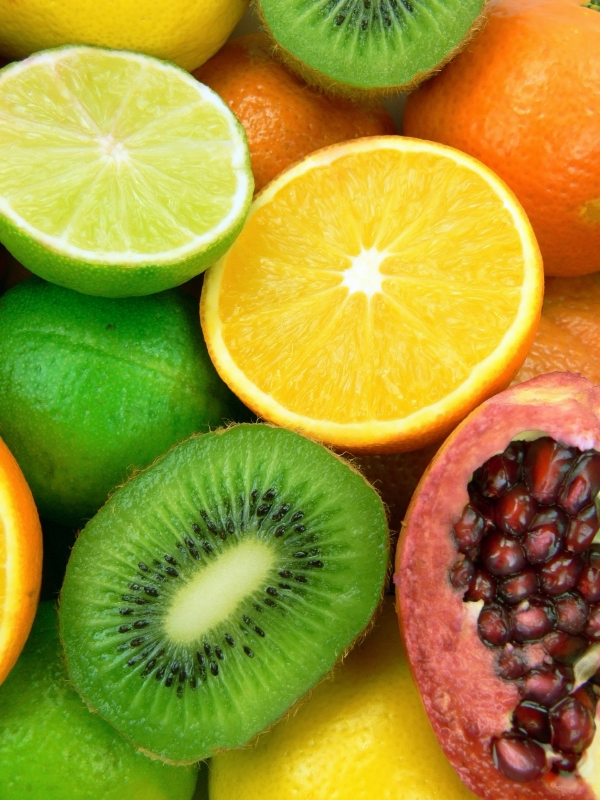
 STEP 2: Realize you are an individual
STEP 2: Realize you are an individual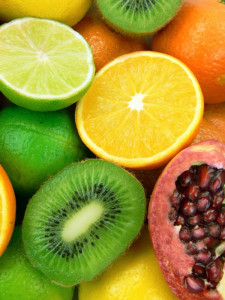
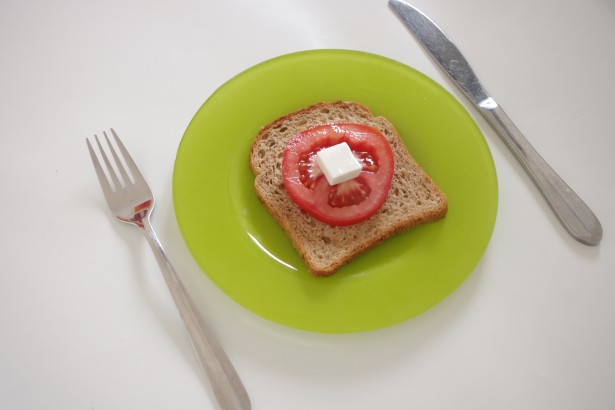
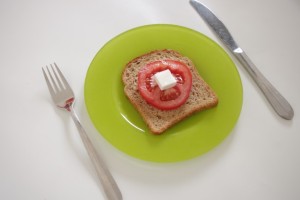 Neither! A better approach is to define nutrient needs according to body weight. For example, the International Olympic Committee developed these guidelines:
Neither! A better approach is to define nutrient needs according to body weight. For example, the International Olympic Committee developed these guidelines: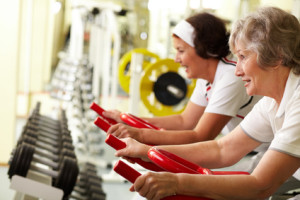 Training with low glycogen stores (“train low”) drives up the metabolic adaptations to burn more fat. By burning fat instead of glycogen, you’ll spare the limited glycogen stores. Theoretically, this should enhance stamina and endurance because glycogen depletion is associated with fatigue. To date, “training low” has been most effective in research with untrained individuals. Athletes who exercise with depleted glycogen are unable to exercise at high intensity and that may hinder performance.
Training with low glycogen stores (“train low”) drives up the metabolic adaptations to burn more fat. By burning fat instead of glycogen, you’ll spare the limited glycogen stores. Theoretically, this should enhance stamina and endurance because glycogen depletion is associated with fatigue. To date, “training low” has been most effective in research with untrained individuals. Athletes who exercise with depleted glycogen are unable to exercise at high intensity and that may hinder performance.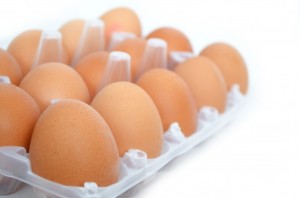
 Of course, everyone’s diet/fitness level can always use improvements, and there’s no denying that America has a weight problem. Although The Biggest Loser can prompt some good discussions about diet and exercise, it promotes unhealthy, unrealistic methods of weight loss. The contestants’ diets are severely restricted to around 1,200 calories a day. Using this barely minimal caloric intake as fuel, they exercise for 4-6 hours a day until people frequently collapse or get physically sick. Then the trainers scream at them to shake it off, shaming them into believing they can – and should – push through the pain and exhaustion. As if they really wanted to lose weight badly enough, their will power would prevail over their body. Contestants are expected to lose several pounds each week, when a healthy rate is 1-2 pounds a week at the most. If this doesn’t encourage eating disorders, I don’t know what would. Off camera, it’s rumored that contestants will do anything to get the numbers on the scale lower, like dehydrating themselves or using laxatives or other methods to lose weight faster.
Of course, everyone’s diet/fitness level can always use improvements, and there’s no denying that America has a weight problem. Although The Biggest Loser can prompt some good discussions about diet and exercise, it promotes unhealthy, unrealistic methods of weight loss. The contestants’ diets are severely restricted to around 1,200 calories a day. Using this barely minimal caloric intake as fuel, they exercise for 4-6 hours a day until people frequently collapse or get physically sick. Then the trainers scream at them to shake it off, shaming them into believing they can – and should – push through the pain and exhaustion. As if they really wanted to lose weight badly enough, their will power would prevail over their body. Contestants are expected to lose several pounds each week, when a healthy rate is 1-2 pounds a week at the most. If this doesn’t encourage eating disorders, I don’t know what would. Off camera, it’s rumored that contestants will do anything to get the numbers on the scale lower, like dehydrating themselves or using laxatives or other methods to lose weight faster.